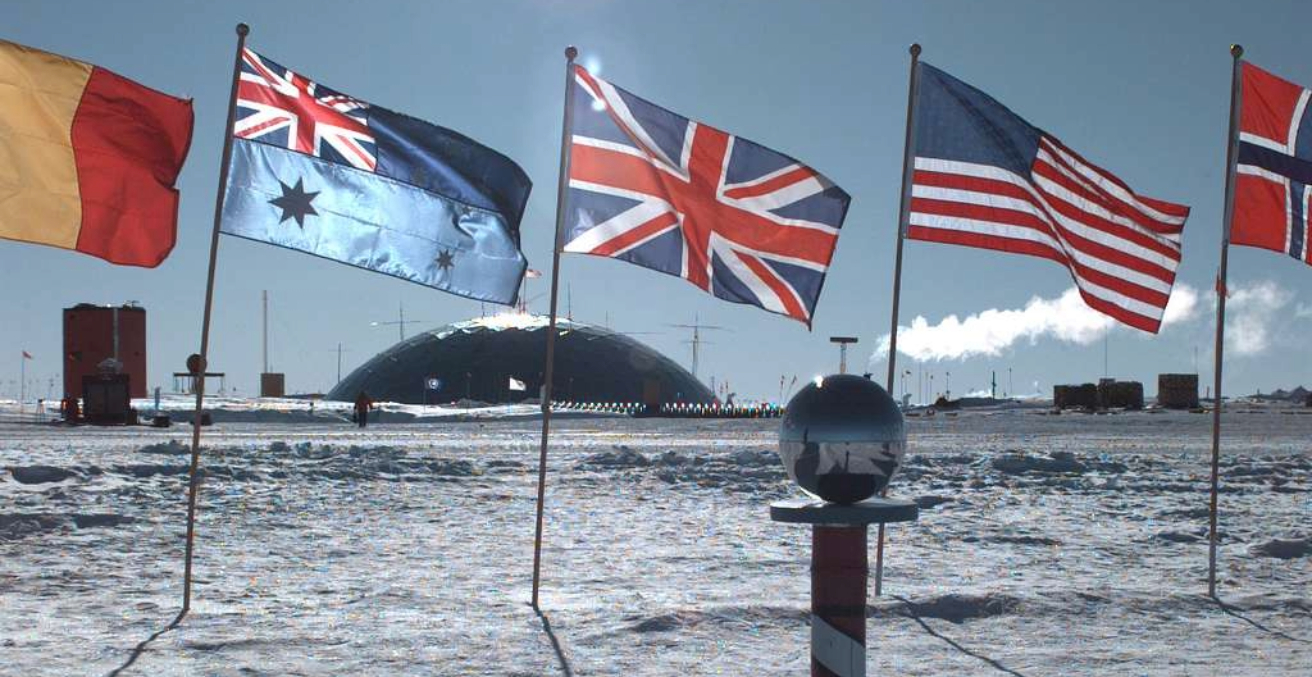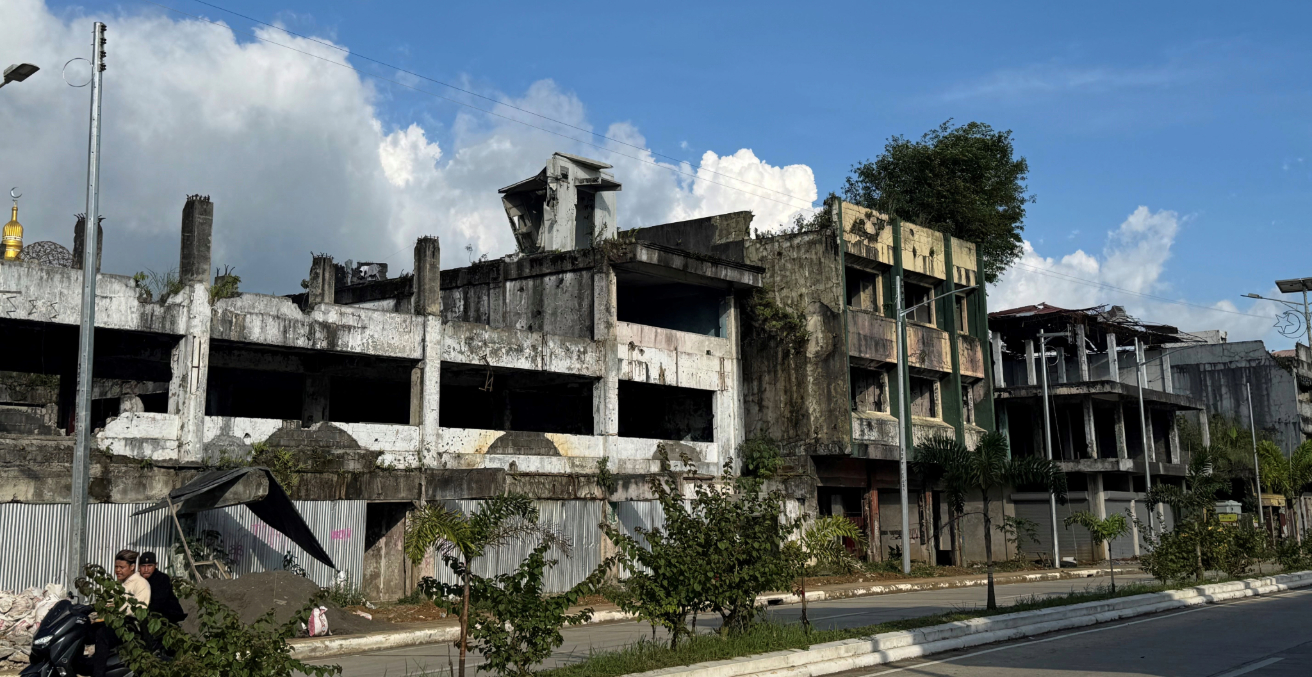President Donald Trump embarked on his first tour of Asia in an effort to reassure the world about the US commitment to the region. Yet, it will take more than a good presidential tour from Washington to convince the skeptics.
On 4 November, Air Force One, the ageing 747 that carries the US president, pointed its nose northwestward as it departed Hawaii en route to Tokyo for President Trump’s first stop on a lengthy first presidential Asia tour. He will spend time with newly re-elected Prime Minister Shinzo Abe, including with the families of North Korean abductees, before heading to Seoul, Beijing, Hanoi and Manila. Prompted by Asia’s annual summit season—which Vice President Mike Pence promised Trump would attend during a visit to Indonesia and Australia—the trip’s purpose is to reassure allies, improve links with China and signal commitment to the regional institutional architecture, especially APEC and the East Asia Summit (EAS). In short, Trump aims to show the region that the US can be counted on for leadership as it has in the past.
Yet, before the wheels had left the tarmac, hopes were somewhat dented as word leaked out that Trump was going to leave Manila a day earlier than planned, skipping the EAS. Then, while en route to the region, the president was evidently convinced that he should attend and the world was informed that the trip would be extended to attend “the most important day”. While many welcomed the last-minute change of mind, the less than seamless handling of the issue is symptomatic of the Trump administration’s approach to the region: highly reactive, lacking a strategic vision and poorly managed due to inadequate focus and resourcing.
During the election, Trump paid little attention to regional issues directly, although he did attack Japan and South Korea for free-riding on US security guarantees and seemed unfazed by the idea that unwinding US commitments might lead to the two acquiring nuclear weapons. He also excoriated China for its economic treatment of the US; his campaign website had a seven-step plan for revitalising the US economy, five of which entailed various economic attacks on Beijing.
During the transition the Trump camp indicated that the norm-busting candidate could completely overturn the US approach to the region by taking a call from Tsai Ing-Wen, the Taiwanese president and flirting with an end to the One-China policy. And within days of taking office, he had walked away from the Trans-Pacific Partnership. Allies in the region were genuinely spooked. Asia had been unsettled by China’s rise. Trump presaged a significant rupture with the past.
Eight months on and the worst fears of those worried that the US was going to change its approach to the region—either retreat from Asia or muscle up to China in an overt contest for strength—have not been realised. Indeed, the levels of continuity in US Asia policy are more striking than the differences. Yes, the TPP has been ditched and allies feel somewhat querulous, but the underlying direction of US policy has not been changed. Alliance commitments have been reaffirmed by a number of senior official visits, Trump has walked away from virtually all of his mercantilist rhetoric toward China and he has developed what appears to be a reasonable rapport with Xi Jinping. We are still waiting to find out just what ‘America First’ will actually mean in Asia.
There have been some changes. Initially, the Trump administration responded cautiously to North Korea’s nuclear and missile tests but as the year has gone by it has broken from the diplomacy-first pattern established by previous administrations. Instead, it has tried to bring a more coercive dimension to US policy. This involves Trump trying to convey a sense that he could ‘do anything’ while other members of the administration present a more diplomatic posture. What has been a rather poorly orchestrated version of Nixon’s ‘madman’ theory has significantly increased the security temperature without, yet, changing North Korea’s behaviour.
For the first six months, one could almost be forgiven for thinking that the Trump administration was unaware that Southeast Asia existed but, more recently, visits to the White House from Singapore, Thailand, and Vietnam (and phone calls to the Philippines) indicate an awareness of this vital region. A recent speech from Secretary of State, Rex Tillerson, prior to a trip to New Delhi further indicated a belated acknowledgement of India’s importance to the region and the role it might play in helping to preserve the strategic status quo in the face of an increasingly confident and assertive China.
Yet, one cannot escape the sense that the continuity in US Asia policy is a function of inertia and not a considered strategic decision. Despite Trump’s evident distaste with almost all aspects of the Obama administration, his regional policy is essentially a continuation of Obama’s approach. We have a kind of continuity, but it lacks both strategy and resourcing while an imprudent bellicose rhetoric and Trumpian unpredictability has been added to the mix. Equally, the White House does not appear to view the region as a strategic whole; rather it seems largely fixated on trade imbalances and the North Korea nuclear issue.
So, as Trump embarked on his first trip to the world’s most dynamic region, he had a difficult agenda. The core aim is to underline the credibility of America’s commitment to the region and in particular to communicate that for the Trump administration, Asia has the same long-term strategic place in US policy as it has in the past. It is also about reassuring alliance partners that the US means what it says and that its security guarantees remain steadfast. Given the doubts that allies have, and his own ambivalence and ill-discipline, it will be hard for Trump to convey that message convincingly. Equally, allies are troubled not only by Trump himself, but by what he represents: their senior security partner turning in on itself, beset with a sclerotic political system seemingly incapable of grappling with the major challenges facing Asia and indeed the world.
Even if the Trump visit goes perfectly, the region needs more than a good presidential tour from Washington. Allies in particular need the US to turn the rhetoric of commitment and the autopilot Asia strategy into actual policy. This means concrete action on the ground, making appointments to the key Asia posts in State, Defense, and in the key embassies. South Korea and Australia still lack ambassadorial appointments. There remains a long way to go before the region is convinced that, under Trump, the US can continue to play a strategic role in East Asia.
Nick Bisley is executive director of La Trobe Asia and professor of international relations. He is the editor-in-chief of the Australian Journal of International Affairs, which is published by the AIIA.
This article originally appeared on IAPS Dialogue on 7 November 2017. It is republished with permission.




